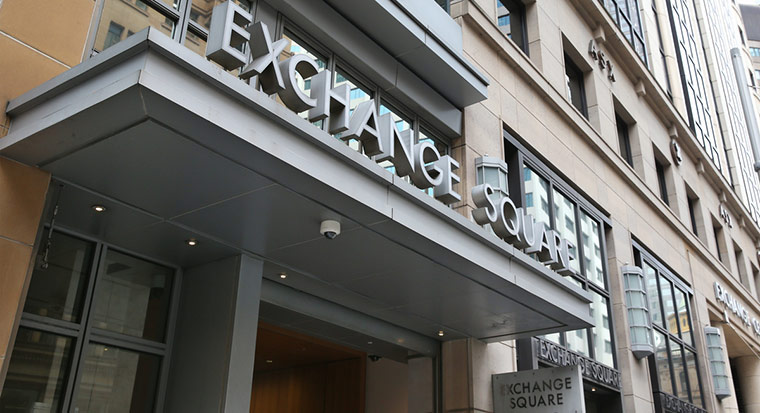The balance sheet
A balance sheet is also called the statement of financial position. It outlines a company’s assets, its liabilities and its shareholders' equity at a point in time.
The balance sheet always follows the following formula:
- Assets (what the company owns) = Liabilities (what the company owes) + Shareholders’ Equity (the amount of money invested by shareholders plus retained earnings available after all company debts are paid)
Current assets are those expected to be converted to cash within a year, while current liabilities are those due for payment within a year.
There is a separate section for notes relating to the financial statements which provide more detail on the line items.
Listed companies post their half-year and full-year financial reports on the ASX's announcements page on the day they are released.
The profit and loss statement
A profit and loss statement is also called an income statement, or the statement of financial performance. It measures how the company earns its revenues and incurs its expenses during a period and, importantly, shows the company’s resulting net profit or loss.
What are financial ratios?
Financial ratios can be useful to investors because they allow for easier comparisons between companies in a certain sector, for example.
Some ratios may be found within company reports and others on investment sites such as CommSec.
With all ratios, however, there are some traps to be aware of and most investors would want to consider a number of different variables on which to base buy or sell decisions.
Market ratios
A market ratio is one that relates a company’s financial situation to its shares to provide some insight into the value of the shares. Below are two examples:
Earnings per share
- EPS = Net profit available for ordinary shareholders ÷ Number of ordinary shares in the company
Earnings per share (EPS) is the portion of a company’s profit that can be attributed to each ordinary share in the company.
EPS can be useful in looking at whether a company is growing its earnings from one reporting period to the next, although it is also important for an investor to look at the reason behind the growth or contraction.
Price/earnings ratio (P/E)
- P/E = Current share price ÷ Earnings per share
A P/E ratio shows how the market price of a company’s shares relates to its earnings per share. In other words, it represents the amount of money investors are willing to pay for a share in the company's earnings.
While a higher P/E ratio may mean a stock looks expensive, what investors are willing to pay for a share generally comes down to views on what will happen to the earnings of the company in the future. So it's often necessary to probe slightly deeper and ask why a P/E ratio is where it is.
Liquidity ratios
Companies typically run into trouble when they are low on cash. Liquidity ratios show how well a company could cover the payments it's required to make.
Current ratio
- Current ratio = Current assets ÷ current liabilities
One example of a liquidity ratio is the current ratio, which shows a company’s ability to repay short-term debts quickly were it to get into trouble.
Regardless of the environment, an investor would probably be looking for a current ratio of at least 1, which indicates that in a worst-case scenario the company would at least be able to pay its most pressing debts.
Analysts will also typically be interested in what is included within current assets, the details of which should also be found within the notes, to double-check that this isn't overweighted to something like inventory that a company could conceivably struggle to convert to cash under pressure.
Profitability ratios
These typically look at both the profit and loss statement and the balance sheet to show a company’s ability to use the assets and borrowings it has in order to make a profit.
Return on equity (ROE)
- Return on equity (ROE) = (Net profit ÷ Shareholders’ equity) x 100
An example of a profitability ratio is return on equity, which measures how well a company is using the money shareholders have invested to generate a profit.
A company will often highlight its return on equity in its financial report.
Some industries will naturally be predisposed to have a higher return on equity than others, depending on the amount of large assets required before they can generate a profit. Because of this, ROE is best used to compare companies that operate in the same industry.
There are also things a company can do to impact ROE - such as a buyback, which would typically give ROE a bump as the profit would be divided by a smaller amount of equity.




